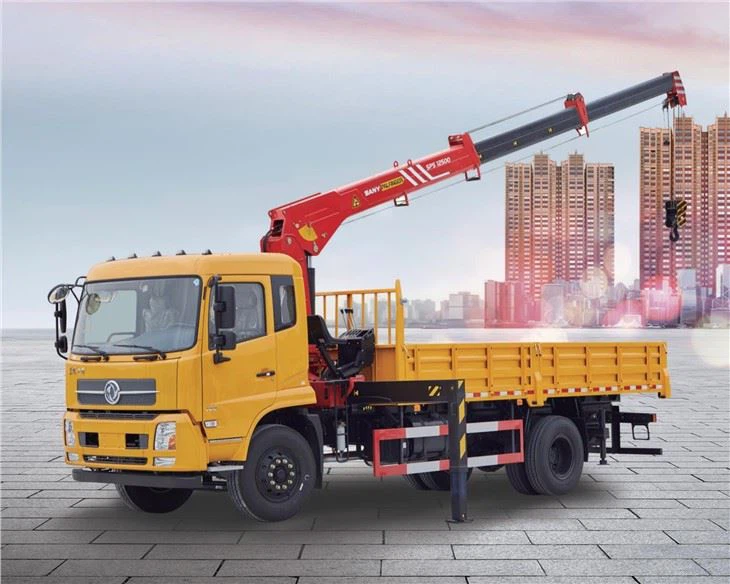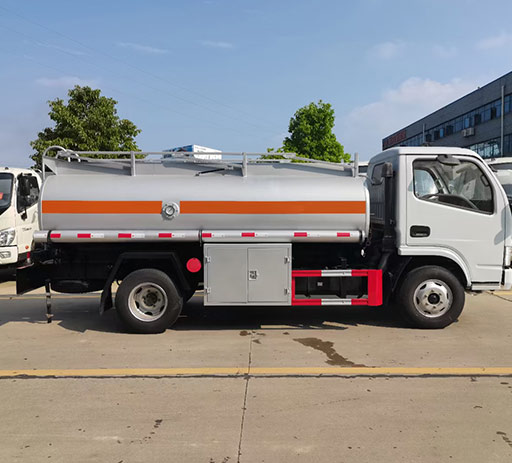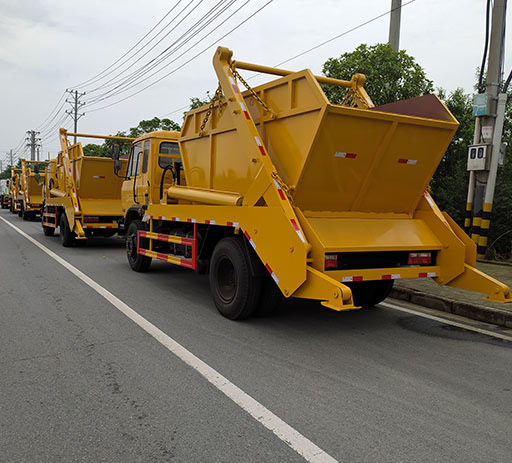Cyclone Pressure Cleaning: Elevate Your Cleaning Game

Cyclone pressure cleaning is a powerful and efficient method for maintaining the cleanliness of various surfaces both indoors and outdoors. This comprehensive guide will explore what cyclone pressure cleaning is, its advantages, applications, and tips for effective use. Whether you’re a homeowner seeking to clean your driveway or a business owner looking to maintain your property, understanding cyclone pressure cleaning can save you time, effort, and money.
What is Cyclone Pressure Cleaning?
Cyclone pressure cleaning utilizes high-pressure water jets to remove dirt, grime, mold, and other debris from surfaces. Unlike traditional pressure washing, cyclone systems create a vortex of water that increases the cleaning efficiency. This innovative method is suitable for a wide range of applications, making it a popular choice for many cleaning needs.
How Cyclone Pressure Cleaning Works
The cyclone pressure cleaning system operates by combining a high-pressure water source with air to create a swirling effect. This enhanced water jetting increases the force of the water, allowing it to penetrate more deeply into surfaces. This results in a more thorough cleaning compared to traditional methods.
Components of Cyclone Pressure Cleaning Machines
- High-Pressure Pump: Generates the necessary force to propel water at high speeds.
- Motor: Powers the pump and allows for efficiency.
- Vortex Chamber: Creates the cyclone effect, boosting cleaning power.
- Hoses and Nozzles: Directs the water flow to the cleaning area.
Benefits of Cyclone Pressure Cleaning
Cyclone pressure cleaning offers several advantages that set it apart from conventional cleaning methods:
1. Enhanced Cleaning Power
The vortex technology allows for deep cleaning, making it highly effective for stubborn stains and grime.
2. Versatility
This method can be used on various surfaces, including concrete, wood, brick, and tile, making it suitable for many applications.
3. Environmentally Friendly
Many cyclone cleaning systems use minimal chemicals, relying mostly on high-pressure water to get the job done, which is better for the environment.
4. Time Efficiency
With its powerful cleaning capabilities, cyclone pressure cleaning reduces the time needed to complete cleaning tasks.
5. Cost-Effective
Investing in a cyclone pressure cleaning system can reduce long-term maintenance costs and prolong the life of your surfaces.
Applications of Cyclone Pressure Cleaning
Cyclone pressure cleaning can be applied in various settings:
1. Residential Cleaning
Homes can benefit from cyclone pressure cleaning for patios, driveways, decks, and siding, giving them a refreshed look.
2. Commercial Settings
Businesses can use this method to maintain sidewalks, parking lots, and building exteriors, ensuring a clean and professional appearance.
3. Industrial Cleaning
Factories and warehouses may require specialized cleaning for machinery, floors, and equipment, where traditional methods may fall short.
4. Vehicles
Cyclone pressure cleaning is also effective for automotive detailing, including cleaning tires, rims, and vehicle exteriors.
Choosing the Right Cyclone Pressure Cleaning Equipment
Selecting the right equipment is crucial for effective cleaning. Factors to consider include:
1. Pressure Range
Pressure ratings typically range from 2000 to 4000 PSI. Higher pressure is necessary for tougher jobs.
2. Flow Rate

The flow rate is the amount of water used per minute, measured in gallons per minute (GPM). Higher GPM means faster cleaning.
3. Portable vs. Stationary Units
Choose portable units for smaller jobs and stationary units for larger areas requiring ongoing maintenance.
4. Accessories and Attachments
Nozzles and brushes help specialize your cleaning for different surfaces, so consider what attachments you’ll need.
Safety Tips for Cyclone Pressure Cleaning
While cyclone pressure cleaning can be safe, it’s essential to follow these precautions:

1. Wear Protective Gear
- Safety Goggles: Protect your eyes from debris.
- Gloves: Protect your hands from water and cleaning solutions.
- Sturdy Boots: Prevent slippage on wet surfaces.
2. Be Mindful of Water Direction
Aim the nozzle away from yourself and others to prevent injury.
3. Avoid Electrical Hazards
Keep the hose and unit away from electrical outlets and appliances.
Practical Examples of Cyclone Pressure Cleaning
To better understand cyclone pressure cleaning, here are a couple of practical examples:
Example 1: Home Driveway Cleaning
- Position the cyclone pressure cleaner at one end of the driveway.
- Start with a wider nozzle to dislodge loose debris.
- Switch to a narrower nozzle for more hardened stains.
- Finish with a rinse using a fan nozzle for an even finish.
Example 2: Commercial Sidewalk Maintenance
- Assess high-traffic areas for dirt accumulation.
- Apply a cleaner to heavily stained spots first.
- Use the cyclone pressure cleaner with the appropriate nozzle settings.
- Set a regular maintenance schedule to keep the sidewalks clean.
Regular Maintenance of Cyclone Pressure Cleaning Equipment
Maintaining your cyclone pressure cleaning equipment ensures longevity and efficiency:
1. Clean the Filters
Regularly check and clean the water filters to prevent clogs.
2. Inspect Hoses and Connections
Look for leaks or wear in the hoses and connections to avoid pressure loss.
3. Store Properly
Store the unit in a dry area to prevent damage from moisture.
Comparative Table: Cyclone Pressure Cleaning vs. Traditional Pressure Washing
| Feature | Cyclone Pressure Cleaning | Traditional Pressure Washing |
|---|---|---|
| Cleaning Power | High due to vortex effect | Moderate |
| Versatility | High; suitable for various surfaces | Moderate; may not work on all surfaces |
| Chemical Usage | Minimal | Often higher |
| Cleaning Time | Less time required | More time required |
Frequently Asked Questions (FAQs)
1. Can cyclone pressure cleaning damage my surfaces?
While cyclone pressure cleaning is safe for most surfaces, improper technique or excessive pressure can cause damage. Always use the appropriate settings for each surface type.
2. How often should I perform cyclone pressure cleaning?
The frequency depends on the area being cleaned and its exposure to elements. For homes, a yearly clean is often sufficient, while businesses may need it quarterly or monthly.
3. Are there any surfaces that shouldn’t be cleaned with a high-pressure system?
Yes, delicate surfaces such as certain types of wood, windows, and older brick may require lower pressure or different cleaning methods to avoid damage.
4. What type of detergent is recommended for cyclone pressure cleaning?
It’s advisable to use eco-friendly detergents that are specifically formulated for pressure cleaning. Avoid harsh chemicals that could harm the environment or your surfaces.
5. Is it necessary to pre-rinse the area before cleaning?
Pre-rinsing is often beneficial as it helps to loosen debris and reduce cleaning time. However, it is not always mandatory, depending on the extent of the dirt.

6. Can I use cyclone pressure cleaning for my car?
Yes, cyclone pressure cleaning is effective for cleaning cars, particularly for wheels and wheel wells. However, use lower pressure settings and avoid directing high pressure at paint surfaces to prevent damage.
